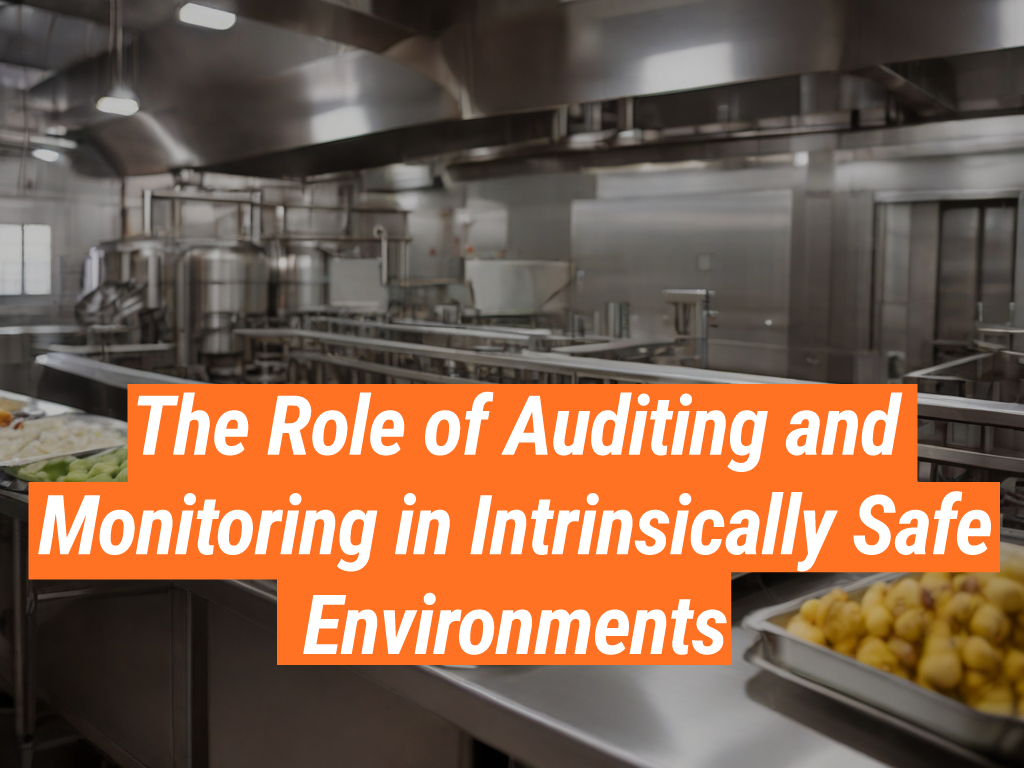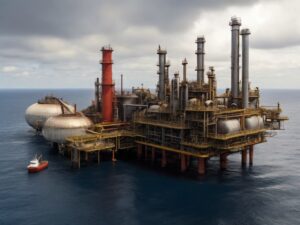When it comes to maintaining safety in hazardous environments, the importance of auditing and monitoring cannot be overstated. These processes are crucial in ensuring that safety measures are not only in place but are also effective. This is particularly true in intrinsically safe environments, where the risk of ignition from electrical equipment is a constant concern. In this context, the Intrinsically Safe Store plays a pivotal role by providing a wide range of certified and reliable safety equipment. Let’s delve deeper into the role of auditing and monitoring in these environments.
Understanding Intrinsically Safe Environments
Intrinsically safe environments are areas where the presence of flammable gases, dust, or fibers creates a risk of ignition from electrical equipment. These environments require specialized equipment designed to prevent ignition, which is where the Intrinsically Safe Store comes in. We offer a wide range of intrinsically safe products, from smartphones and tablets to barcode scanners and headlamps.
The Importance of Auditing
Auditing is a systematic process of evaluating the effectiveness of safety measures in an intrinsically safe environment. It involves checking the compliance of safety equipment and procedures with established standards and regulations.
- Compliance with Standards: Auditing ensures that all safety equipment and procedures comply with the relevant safety standards and regulations.
- Identification of Risks: Through auditing, potential risks and hazards can be identified and addressed before they lead to accidents.
- Continuous Improvement: Regular audits allow for continuous improvement of safety measures, as they highlight areas of weakness that need to be addressed.
The Role of Monitoring
While auditing is a periodic process, monitoring is a continuous one. It involves the regular observation and recording of activities to ensure that safety procedures are being followed and that safety equipment is functioning correctly.
- Prevention of Accidents: Continuous monitoring helps to prevent accidents by identifying and addressing issues as they arise.
- Maintenance of Equipment: Monitoring also involves checking the condition of safety equipment to ensure it is in good working order.
- Compliance with Procedures: By observing activities, monitoring ensures that safety procedures are being followed correctly.
Case Study: The Role of Auditing and Monitoring in the Oil and Gas Industry
The oil and gas industry is a prime example of an intrinsically safe environment. In this industry, auditing and monitoring play a crucial role in preventing accidents. For instance, a study by the U.S. Bureau of Labor Statistics found that companies with regular safety audits had a 60% lower accident rate than those without.
In conclusion, auditing and monitoring are essential processes in maintaining safety in intrinsically safe environments. They ensure compliance with safety standards, identify potential risks, and allow for continuous improvement of safety measures. The Intrinsically Safe Store is a trusted provider of safety equipment for these environments, helping to ensure that safety is always a top priority. For more information on their range of products, visit our website.
If you have any questions or need further assistance, don’t hesitate to contact us. We’re here to help you create a safer working environment.



